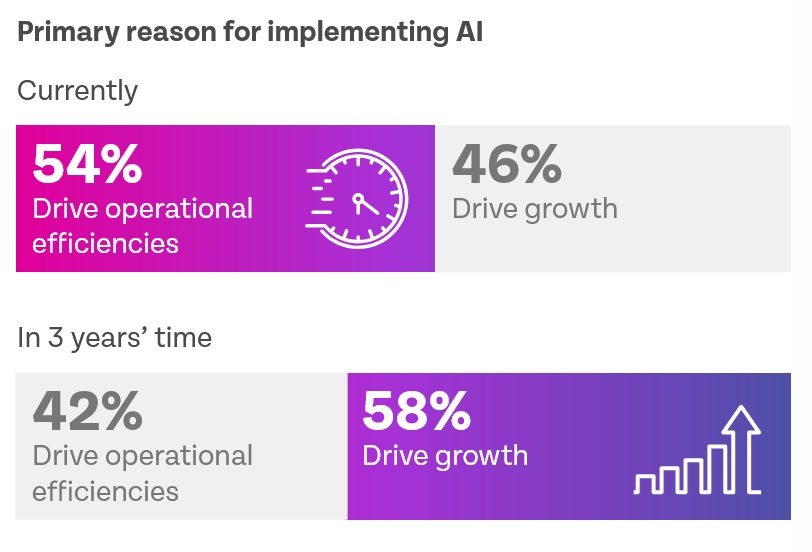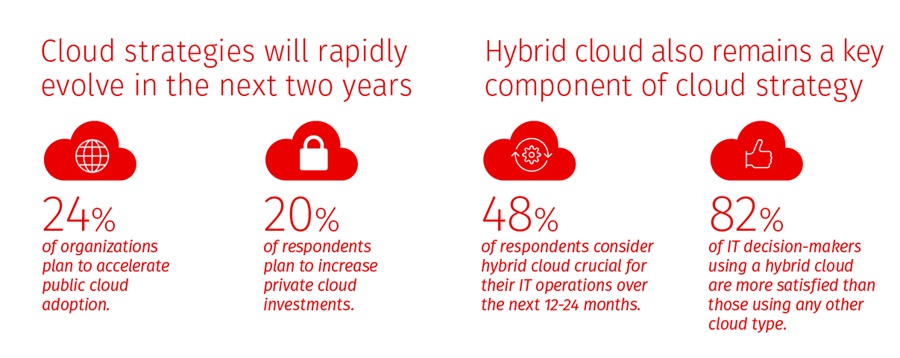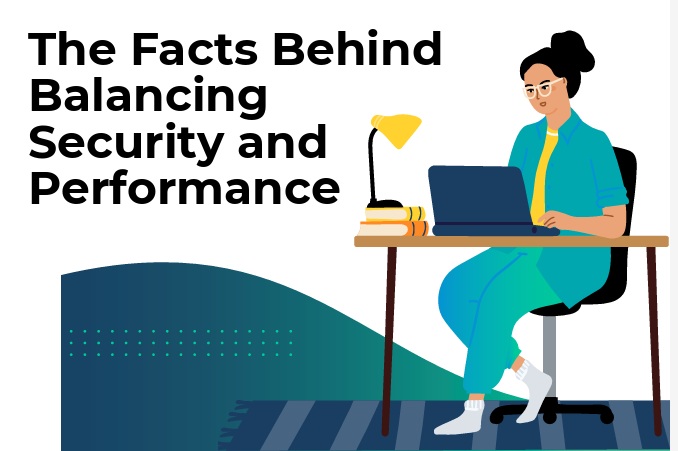
Today's IT environments are more complex than ever, with organizations managing an increasing number of applications, platforms, and systems. To maintain peak performance and ensure seamless digital experiences, businesses are turning to Artificial Intelligence for IT Operations (AIOps), which offers powerful capabilities that allow organizations to harness machine learning and advanced analytics across vast, cross-domain datasets. AIOps may still be in its nascent stage, but it is already delivering measurable, tangible value across industries, enabling companies to accelerate root cause analysis, automate problem resolution and ultimately improve business outcomes.
There are two primary factors contributing to increased AIOps deployments: the push for digital transformation, and the increasing complexity of enterprise IT infrastructures. Modern IT environments are incredibly dynamic, consisting of cloud-native applications, microservices, containerized systems and more. These generate huge volumes of data that humans simply don't have the capacity to monitor and comprehend. AIOps has emerged as a way to automatically identify and resolve these issues without the need for human intervention.
The Current State of Enterprise AIOps
Recent findings from Riverbed's 2024 Global AI & Digital Experience Survey shed light on how organizations are approaching AI adoption. Despite widespread recognition of AI's critical importance to business success, only 37% of organizations currently consider themselves fully prepared to implement AI projects. Despite the fact that companies may not be ready just yet to deploy AI widely, optimism about future readiness is high: 86% of organizations to achieve full preparedness within three years.
The survey also highlights an interesting shift in organizational priorities around AI usage. Currently, 54% of companies deploying AI are using it to drive operational efficiencies, with 46% using it primarily to drive growth. If you look ahead to 2027, these priorities are expected to reverse with 58% focusing on growth compared to just 42% using AI primarily to drive efficiency.

Companies are clearly enthusiastic about the future of AI, but there is a potential disconnect in how organization view their progress around AI. A surprising number of organizations (82%) think that they are outpacing their competitors in AI adoption. This perception gap indicates that some organizations are overestimating their progress, which underscores the need for organizations to take a more measured approach to assessing their AI maturity relative to competitors.
The Future of AIOps: Cutting Through the Hype to Deliver Real Results
The runway from theoretical value to AI deployments that drive real, tangible results is getting shorter. Organizations are learning to cut through the hype and implement practical AI solutions that deliver measurable value, and the impact of AI on the bottom line is starting to become evident.
The survey reveals a clear correlation between AI adoption and business performance. High-performing companies are far more likely to prioritize AI as a key strategic initiative compared to their lower-performing counterparts (74% vs. 56%). These leading organizations are particularly focused on leveraging AI to enhance digital experience and IT service delivery, with 67% of high performers already using AI and automation to improve Digital Employee Experience (DEX), compared to just 45% of low performers.
Confidence in AI is growing, especially among younger employees. Globally, 59% of organizations express a positive outlook on AI, while only 4% remain skeptical. Interestingly, business leaders perceive Gen Z and Millennials as the most AI-comfortable generations, with Gen Z topping the list at 52%, followed closely by Millennials at 39%. As these cohorts continue to grow in their careers and advance to leadership roles, their generational inclination in favor of AI will likely lead to a dramatic uptick in AI deployments.
Forging a Path Forward with AIOps
Most enterprises are fertile ground for AIOps to take root: the combination of need and willingness to deploy creates favorable conditions for success. But organizations need to take a structured, measured approach, starting with the need to prioritize the application of AI in areas such as digital employee experience and IT operations. In these settings, you can more easily measure improvements in user productivity and satisfaction, ensuring that the investment delivers clear value to stakeholders.
The current wave of AI hype can be a powerful tool for teams, facilitating buy-in and approval from the highest levels — but it's incumbent on project leaders to ensure those deployments exceed the hype and make real business impact. IT and business leaders must also strike a tricky balance between exploring new, innovative applications for AI, and biting off more than they can chew. This can be accomplished by combining strong governance frameworks that address security requirements within an environment that values creative thinking and innovation from the top down; a balanced approach that enables organizations to push boundaries while effectively managing risk.
Creating this type of culture is not easy. Among other things, it requires actively seeking and incorporating insights from workers — particularly Gen Z and Millennial employees — into organizational AI strategy development. You may steer into some headwinds from more experienced employees used to doing things their way, but it's an approach that will ultimately help organizations attract and retain talent and ensure that AI initiatives align with the working styles of future leaders.
The reality is that the enterprise AIOps era is already upon us. AI is becoming an increasingly critical component of modern enterprise IT strategies. While most companies are still dipping their toes in the water, the evidence is clear: organizations are already seeing tangible business value, and the best is yet to come. Over the next few years, the companies that best cut through the hype and focus on real, strategic AI implementations will be able to separate themselves from the pack.


